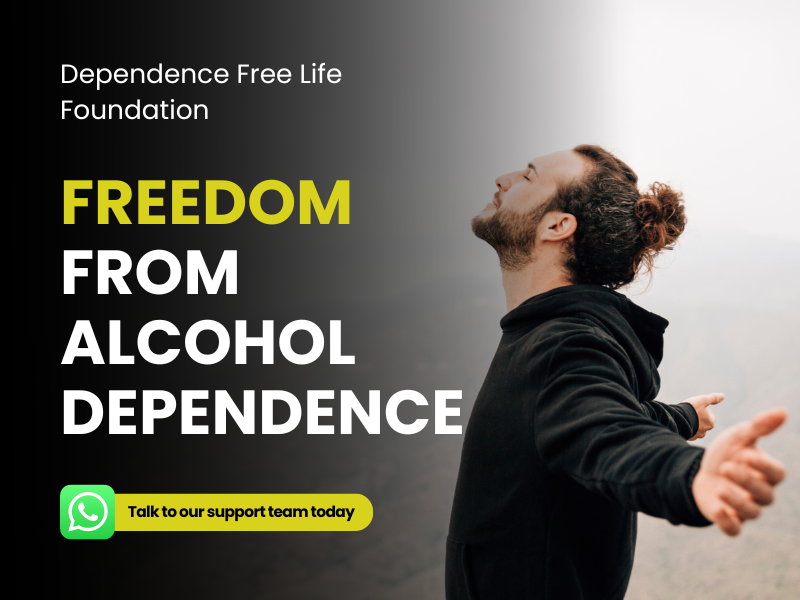



Alcoholic liver disease is damage to the liver and its function due to alcohol abuse.
Alcoholic liver disease occurs after years of heavy drinking. Alcohol can cause inflammation in the liver. Over time, scarring and cirrhosis can occur. Cirrhosis is the final phase of alcoholic liver disease.
Alcoholic liver disease does not occur in all heavy drinkers. The chances of getting liver disease go up the longer you have been drinking and more alcohol you consume. You do not have to get drunk for the disease to happen.
The disease seems to be more common in some families. Women may be more likely to have this problem than men.
Liver cirrhosis is the chronic strain and infection of the liver. The liver breaks down alcohol. When the liver is strained it can get infected. The infected cells die and are replaced by connective tissue. These are actually little scars. Because of the connective tissue, the liver functions less efficiently and can no longer recover.
Not everybody who drinks excessively gets liver cirrhosis, but anomalies in the liver often remain unknown or are discovered only after many years. Research conducted on deceased people who were known for drinking more than 5 alcoholic beverages a day showed that 20% suffered from liver cirrhosis.
Not everybody who drinks excessively gets liver cirrhosis, but anomalies in the liver often remain unknown or are discovered only after many years. Research conducted on deceased people who were known for drinking more than 5 alcoholic beverages a day showed that 20% suffered from liver cirrhosis.
Not everyone who drinks will develop cancer. But on the whole, scientists have found that some cancers are more common in people who drink more alcohol than others.
In your body, alcohol is converted into a cancer-causing chemical called acetaldehyde. There are many possible explanations for how alcohol causes cancer. It is likely that different cancers are caused in different ways.
Here are the most likely ways:
In our bodies, alcohol (ethanol) is converted into a toxic chemical called acetaldehyde. This is one of the main reasons we get hangovers.
But acetaldehyde does more than give you a headache in the morning. It can cause cancer by damaging DNA and stopping our cells from repairing this damage.
Acetaldehyde also causes liver cells to grow faster than normal. These regenerating cells are more likely to pick up changes in their genes that could lead to cancer.
Ethanol is broken down mainly by the liver, but lots of other cell types can do this as well. Some of the bacteria that live in our mouths and the linings of our guts are also able to convert ethanol into acetaldehyde.
Alcohol can increase the levels of some hormones, such as oestrogen. Hormones act as messengers in the body, giving our cells instructions such as when to divide. Unusually high levels of oestrogen increase the risk of breast cancer.
Drinking lots of alcohol can damage the cells of the liver, causing a disease called cirrhosis. Cirrhosis can make you more likely to develop liver cancer.
Alcohol makes it easier for the tissues of the mouth and throat to absorb the cancer-causing chemicals in tobacco. This is one reason why people who drink and smoke multiply the damage they receive and have especially high risks of cancer.
Folate is an important vitamin that helps our cells produce new DNA correctly. People who drink alcohol tend to have lower levels of folate in their blood and some studies have found that some cancers are more common in people with low folate levels.
Alcohol can cause highly reactive molecules, called Reactive Oxygen Species (ROS), to be produced in our cells. These molecules can damage the DNA, which could cause cancer to develop.
Drinking alcohol regularly can increase the risk of:
Copyright © 2026 Dependence free life | Designed and Developed by Exavibes